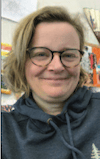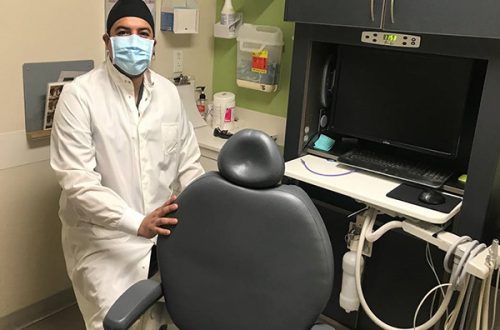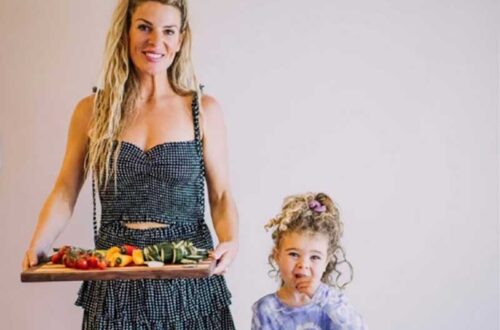Natural Learners
Behind the Desk: November 2019
By Lisa Catterall
Children are naturally well-wired and driven to learn. The moment we try to teach them, we have already failed.
– Bhanu Potta

We are makers.
I have been lucky enough to spend 32 of my 46 years around some of the most imaginative influencers in education, learning by osmosis and doing all the math they need to show off their research. Instead of babysitting, I made money by creating spreadsheets of STAR test scores comparing classrooms with new innovative techniques to more old fashioned ones. When there wasn’t childcare, which was often, my young professor father dragged me into meetings on campus at UCLA and Stanford where excited and creative people started initiatives like The Imagination Group, and the Center for Research on Creativity. Because there were no cell phones at the time and I had nothing to do, I listened.
I learned a lot more about creativity, though, from working with fourth and fifth graders. The first year I started teaching Makers’ for elementary kids, I prepared ten weekly lessons and had all of my projects and lessons perfectly planned.
Enter the Pet Rock.
I was having the fifth grade figure out how to make strawberry baskets race across the table using snap circuit components, when I noticed them taking materials out of the recycling bin and making a small house.
“What is that for?” I asked.
“It’s Joe’s house.”
“Yeah duh. Joe has a car we made him. He needs a house.”
“Who is Joe?” I asked.
Joe was a small rock onto which they had glued googly eyes and a pipe cleaner smile.

I thought about it for a minute. “Does Joe’s house need lighting? How about some furniture?”
Sure enough, Joe required complex circuits built for his care and keeping. He also needed things 3D printed at his scale. Joe was the avenue to learning every skill you could imagine wanting fifth graders to have as new members of the Makers’ movement.
The next year, I let that be the curriculum, going farther and farther with it until instead of putting kids’ names on their storage lockers in the Makers’ space, we now put the names of their “pet rock.” And it’s no longer a pet rock; we can start with a little tiny friend who is also a lesson in itself, like a little robot with a jiggle motor made from a toothbrush. And now these little pets have worlds that include things like Little Bits, so they can have rock concerts and amusement parks. One class found huge sheets of cardboard in the dumpster and built an entire world that included a 3D printed Whole Foods and a working windmill.
I call this curriculum Co-opting the Love. Children love caring for pets and small charismatic things. They’re naturally empathetic just as much as they are naturally creative. Empathy and creativity are avenues to joy for all of us, but the connection is more pronounced in elementary- age kids. They are already creative and caring engineers; the pet rocks allow me to get out of their way. These days all I really do is provide the space and the materials, and occasionally help with some tricky wiring or a clogged 3D printer nozzle.
I read recently that those of us in our forties need to have mentors who are under thirty so that we understand how fast the world is changing. Teachers are the lucky ones; we have a room full of child mentors every day we work. When we teach past the critical fifth year (a large percentage of teachers quit at about year five), we usually get more and more humble and better and better at listening to the kids. We find out that getting out of their way can be more important than doling out knowledge. Or in my case, getting out of the way of the Pet Rock.
Lisa Catterall teaches STEAM, math, science, and art at Mount Madonna School. She has authored curriculum frameworks for California and Kentucky on arts education as a senior associate of the Centers for Research on Creativity. She is a former middle school director and the founder of a STEAM engineering program. She lectures and trains teachers and administrators on innovation in education in Chaoyang District’s foreign experts program in Beijing, China. After spending 14 years in biotechnology, she began her teaching career as a middle school math teacher in her mid-thirties. Lisa has five children and has lived in Santa Cruz County for most of her life.






